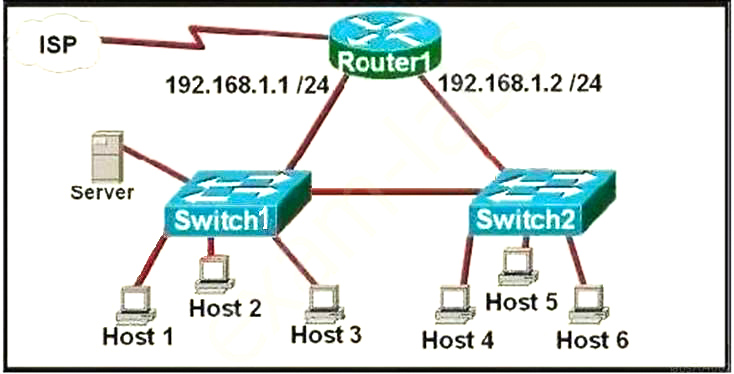Which two options are the best reasons to use an IPV4 private IP space? (Choose two.)
A. to enable intra-enterprise communication
B. to implement NAT
C. to connect applications
D. to conserve global address space
E. to manage routing overhead
A. to enable intra-enterprise communication
B. to implement NAT
C. to connect applications
D. to conserve global address space
E. to manage routing overhead
